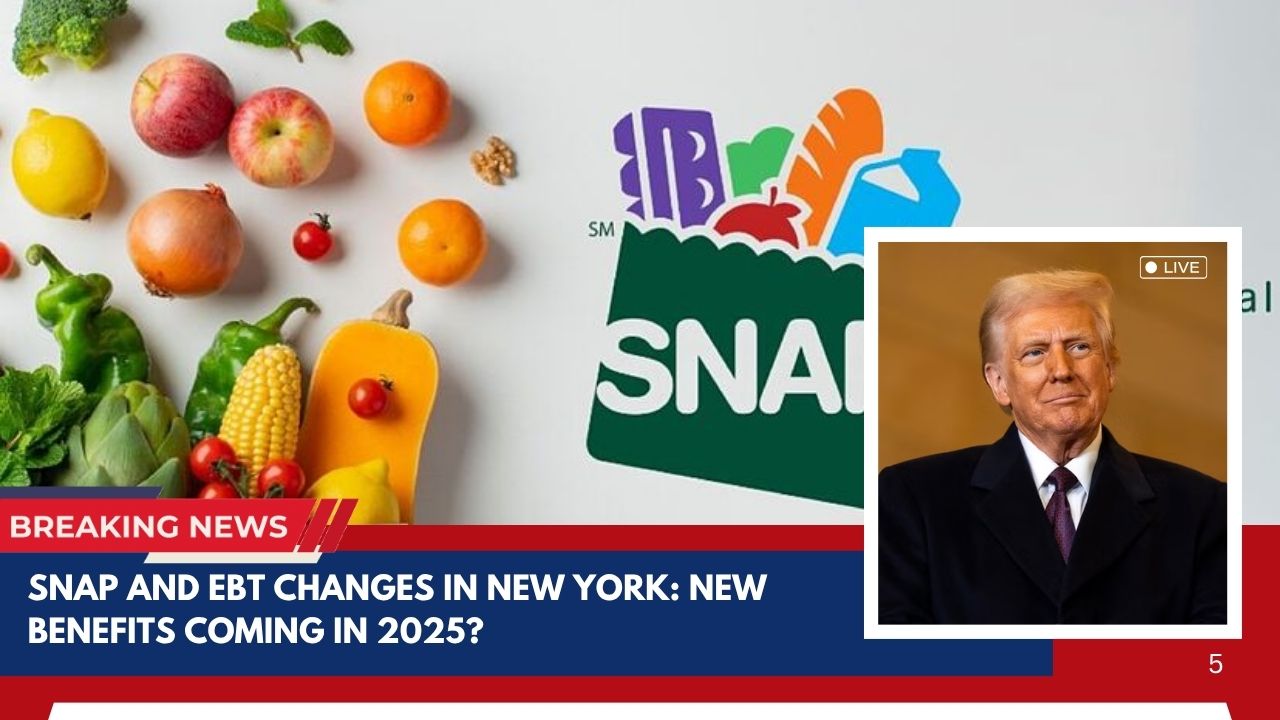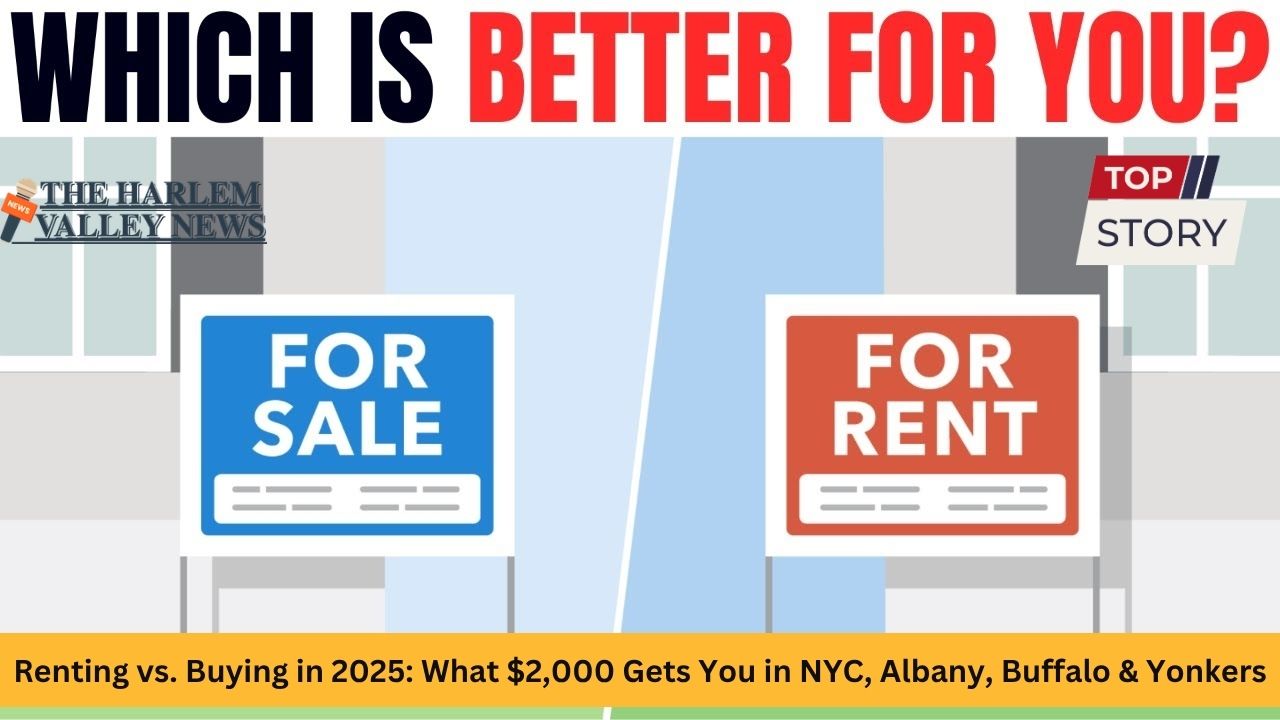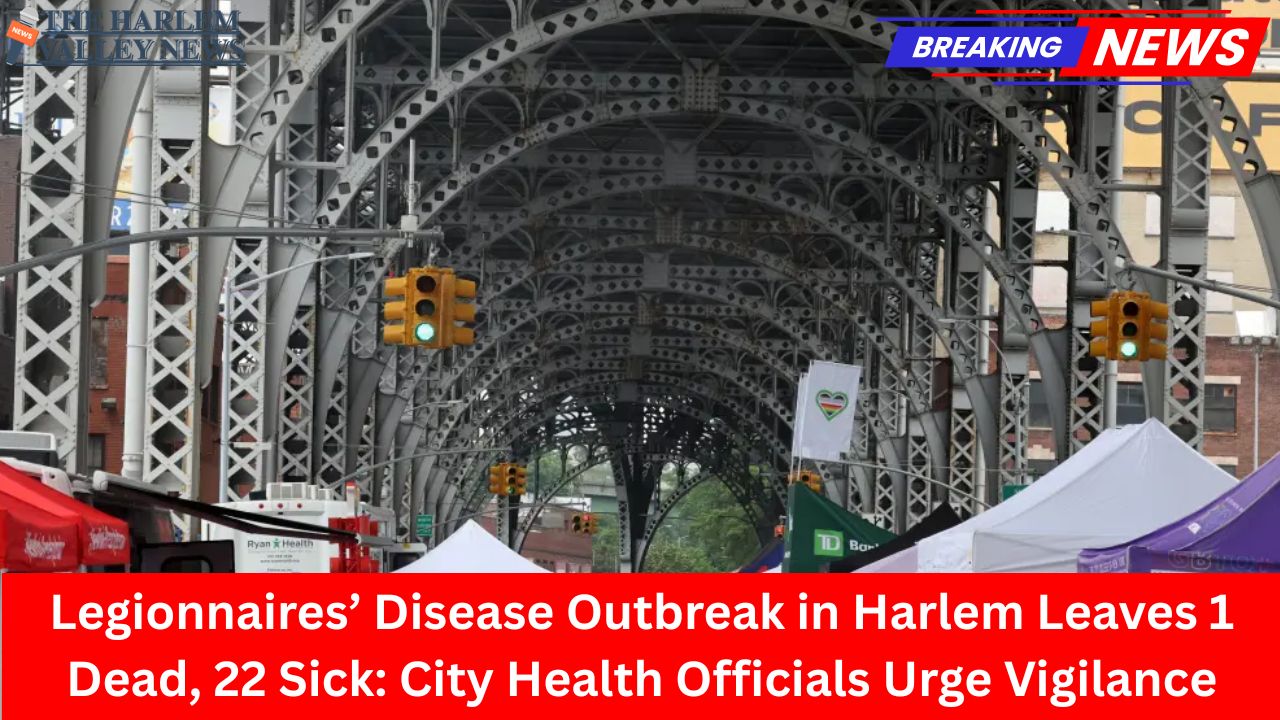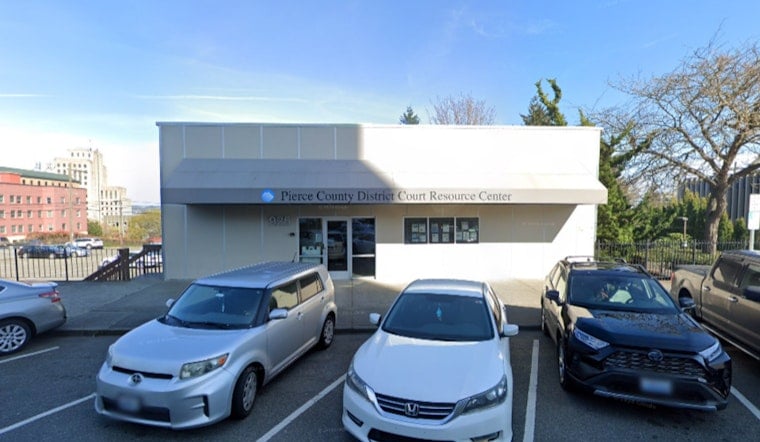As the cost of living continues to rise and food insecurity remains a challenge for millions, the Supplemental Nutrition Assistance Program (SNAP), previously known as food stamps, is a crucial safety net in New York. In 2025, sweeping changes at the federal and state levels are set to impact how benefits are distributed, who qualifies, and how much support is available. This comprehensive article covers the latest updates to SNAP and Electronic Benefit Transfer (EBT) benefits in New York, including statistics, city-specific details, legislative changes, and what residents can expect in the coming year.
Understanding SNAP and EBT in New York
SNAP is the nation’s largest food assistance program, providing monthly benefits to low-income individuals and families to purchase food. Benefits are accessed through the EBT card—essentially a debit card that can be used at authorized retailers, grocery stores, and even many farmers’ markets.
-
Participation: As of early 2025, nearly 3 million New Yorkers, or about 18% of the state’s population, receive SNAP benefits each month. This is higher than the national average of 12.3%.
-
In New York City: Approximately 1.8 million NYC residents use SNAP, accounting for 20% of the city’s population.
Key SNAP Statistics in New York (2025)
| Metric | New York State | New York City |
|---|---|---|
| Total SNAP Recipients | 3 million | 1.8 million |
| Percentage of Population | 18% | 20% |
| Households on SNAP | 1.7 million | 1.06 million |
| Average Monthly Benefit (Per Person) | $292 | $219 |
| Average Monthly Benefit (Per Household) | $975 (family of 4) | $376 |
-
Participation is highest in the Bronx (27.6% of residents), Brooklyn (19.8%), and Manhattan (17.2%).
-
SNAP benefits distributed across NYS in 2024 totaled approximately $6.5 billion.
What’s New for 2025? Federal and State Legislative Changes
1. The “One Big Beautiful Bill Act” (OBBBA) and Its Impact
This comprehensive bill, passed in late 2024 and enacted in 2025, marks the largest shift in SNAP policy in decades.
Major Changes:
-
Cost-Sharing: States must now cover 5–25% of SNAP benefit costs, depending on their error rates in distributing benefits. For New York, this equates to an extra $2.1 billion annually that the state must spend to maintain current benefit levels. If the state is unable or unwilling to cover this, benefits could decline or eligibility could tighten.
-
Administrative Costs: New York’s share of program administration jumps from 50% to 75%.
-
Benefit Growth Cap: Increases in SNAP benefits are now capped at the rate of inflation, rather than pegged to the actual rising cost of food, potentially eroding purchasing power over time.
-
Permanent Thrifty Food Plan Calculation Change: The federal government will no longer regularly revise the diet plan used to calculate benefit amounts, which could further limit benefits during periods of fast-rising food costs.
Eligibility Tightening:
-
SNAP is now restricted to U.S. citizens and lawful permanent residents.
-
Able-bodied adults without dependents (ABAWDs) aged 18–64 must meet stricter work requirements: 80 hours per month of work, training, or volunteering.
-
Parents with children over 7 (House bill) and 14 (Senate bill) are also subject to these work requirements.
2. Expansions and Program Enhancements
Despite budget tightening, some enhancements are being introduced to help vulnerable populations:
-
2025 Summer EBT: Every eligible child receives a $120 one-time Summer EBT benefit to bridge the summer hunger gap.
-
Expanded Online EBT: EBT cards can now be used for online grocery shopping and pickup/delivery options statewide.
-
Health Bucks: In NYC, for every $2 spent on SNAP at farmers’ markets, recipients get $2 in Health Bucks (up to $10/day), incentivizing healthy eating.
-
Resource Limits: For households with elderly or disabled members, resource limits increased to $4,500. For other households, to $3,000.
SNAP in New York Cities: Local Impacts
New York City
-
More than 1.8 million residents, in 1,058,883 households, rely on SNAP.
-
The Bronx sees both the highest poverty rate (27.6%) and highest SNAP participation.
-
SNAP recipients utilize 428 food pantries and 79 soup kitchens, underscoring the critical nature of supplemental food resources beyond SNAP.
Buffalo
-
Nearly 22% of Buffalo’s population benefits from SNAP, reflecting higher food insecurity compared to the state average.
-
SNAP is coordinated with local food banks, especially important given the region’s above-average poverty rate.
Rochester
-
In Rochester, around 19% of households are SNAP beneficiaries.
-
The city leverages additional state grants to support community markets and fresh produce initiatives for EBT users.
Albany
-
The capital sees approximately 16% of its residents on SNAP, and local agencies work aggressively to enroll eligible seniors and families.
Syracuse
-
SNAP covers about 20% of Syracuse’s residents.
-
SNAP recipients report struggling with rising grocery prices, making even capped benefit increases insufficient.
Who Loses and Who Gains With 2025 SNAP Changes?
Who Stands to Lose
-
Adults Without Children: Over 281,000 adults statewide could lose eligibility under stricter work rules.
-
Mixed-Status Families and Certain Immigrants: Many immigrants and their families are now excluded from SNAP.
-
Households with fluctuating employment: Seasonal and gig workers, or those living just above the poverty line, may struggle to consistently meet new requirements.
At Greatest Risk: Children
-
An estimated 363,000 children in New York live in households with adults newly ineligible for SNAP.
-
Food insecurity risk rises as benefit amounts lose ground against real grocery costs, especially during periods of above-average food inflation.
Who May Benefit
-
Children Eligible for Summer EBT: With the introduction of summer benefits, children missing out on school meals during vacation months get extra support.
-
Seniors and Disabled Individuals: Increased resource limits may make it easier for these groups to qualify for or retain benefits, though capped growth still presents challenges.
-
Recipients in NYC Farmers’ Markets: The Health Bucks initiative makes healthy options more accessible.
The Political Debate: Funding and Future of SNAP
New York’s leaders, including Governor Kathy Hochul and NYC officials, have voiced strong opposition to federal SNAP cuts, citing the hardships that reduced benefits would cause:
-
The state and city have pledged to fill some of the funding gaps, but budget experts warn that tens of thousands in New York City alone may still lose benefits due to administrative, eligibility, and benefit calculation changes.
-
SNAP’s federal funding shift is the largest retrenchment since the program’s inception, and whether New York (or other states) can fully compensate remains to be seen.
Practical Advice for SNAP and EBT Users in 2025
Recertification and Compliance
-
Applicants and current recipients must re-verify income and work status more frequently. Missed documentation or interviews can result in benefit suspension.
-
Online applications and recertifications are encouraged via myBenefits.ny.gov.
-
EBT cards can now be used for both in-store and online purchases with many retailers.
Maximizing Benefits
-
Utilize programs like NYC’s Health Bucks at farmers’ markets and summer EBT for children.
-
Stay updated on the evolving eligibility requirements, especially if you are an able-bodied adult without dependents.
Emergency Food Assistance
-
For those facing reductions or delays, NYC maintains an interactive Food Help Map with over 500 emergency food locations.
-
Regional food banks across Buffalo, Syracuse, Rochester, and Albany have expanded services in anticipation of increased need.
Looking Ahead: Will Benefits Change Again in New York?
With economic uncertainty and budget pressures, the future of SNAP and EBT in New York remains in flux:
-
If state and city governments step up to absorb the new funding requirements, they could mitigate cuts—but this competes with other budget priorities.
-
Continued advocacy is likely as food banks, social service agencies, and anti-hunger coalitions push back against benefit reductions and lobby for additional exemptions, especially for children, seniors, and disabled residents.
-
As federal benefit growth is now capped at the inflation rate, if grocery costs spike, recipients may see their buying power decline.
Conclusion
For millions across New York, SNAP and EBT are not just programs—they are lifelines. The changes arriving in 2025, anchored by both expanded opportunities (like Summer EBT and increased access to healthy food) and significant threats (due to funding cuts, eligibility tightening, and capped benefit increases), will reshape what food security looks like in every city from New York City to Buffalo, Rochester, Syracuse, and Albany.
While the future may be uncertain, staying informed and leveraging all available resources is the best path for SNAP recipients and their advocates to navigate these profound changes. As policymakers continue to debate and adjust SNAP at both the federal and state levels, the resilience and adaptability of New York’s communities will remain crucial—for every table and every meal.













Leave a Reply